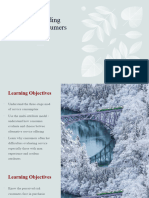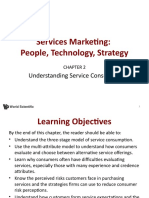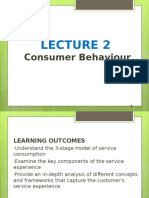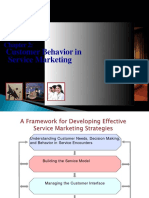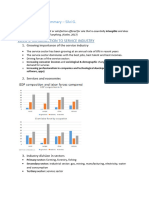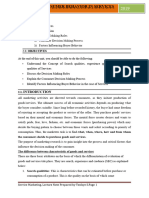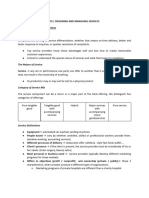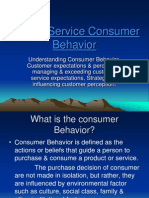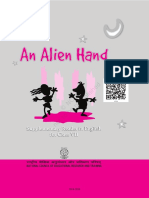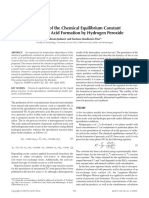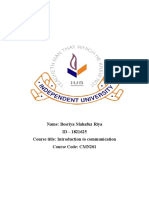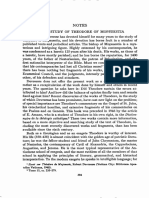0% found this document useful (0 votes)
20 views35 pagesSM Module 4
This document discusses the consumer behavior in the service context, focusing on the three-stage model of service consumption: pre-purchase, service encounter, and post-encounter stages. It highlights the importance of understanding how consumers evaluate and choose services, the challenges they face in assessing service attributes, and the perceived risks involved in service purchases. Strategies for firms to reduce consumer risk perceptions and enhance decision-making are also outlined.
Uploaded by
trystwithselfCopyright
© © All Rights Reserved
We take content rights seriously. If you suspect this is your content, claim it here.
Available Formats
Download as PDF, TXT or read online on Scribd
0% found this document useful (0 votes)
20 views35 pagesSM Module 4
This document discusses the consumer behavior in the service context, focusing on the three-stage model of service consumption: pre-purchase, service encounter, and post-encounter stages. It highlights the importance of understanding how consumers evaluate and choose services, the challenges they face in assessing service attributes, and the perceived risks involved in service purchases. Strategies for firms to reduce consumer risk perceptions and enhance decision-making are also outlined.
Uploaded by
trystwithselfCopyright
© © All Rights Reserved
We take content rights seriously. If you suspect this is your content, claim it here.
Available Formats
Download as PDF, TXT or read online on Scribd
/ 35







